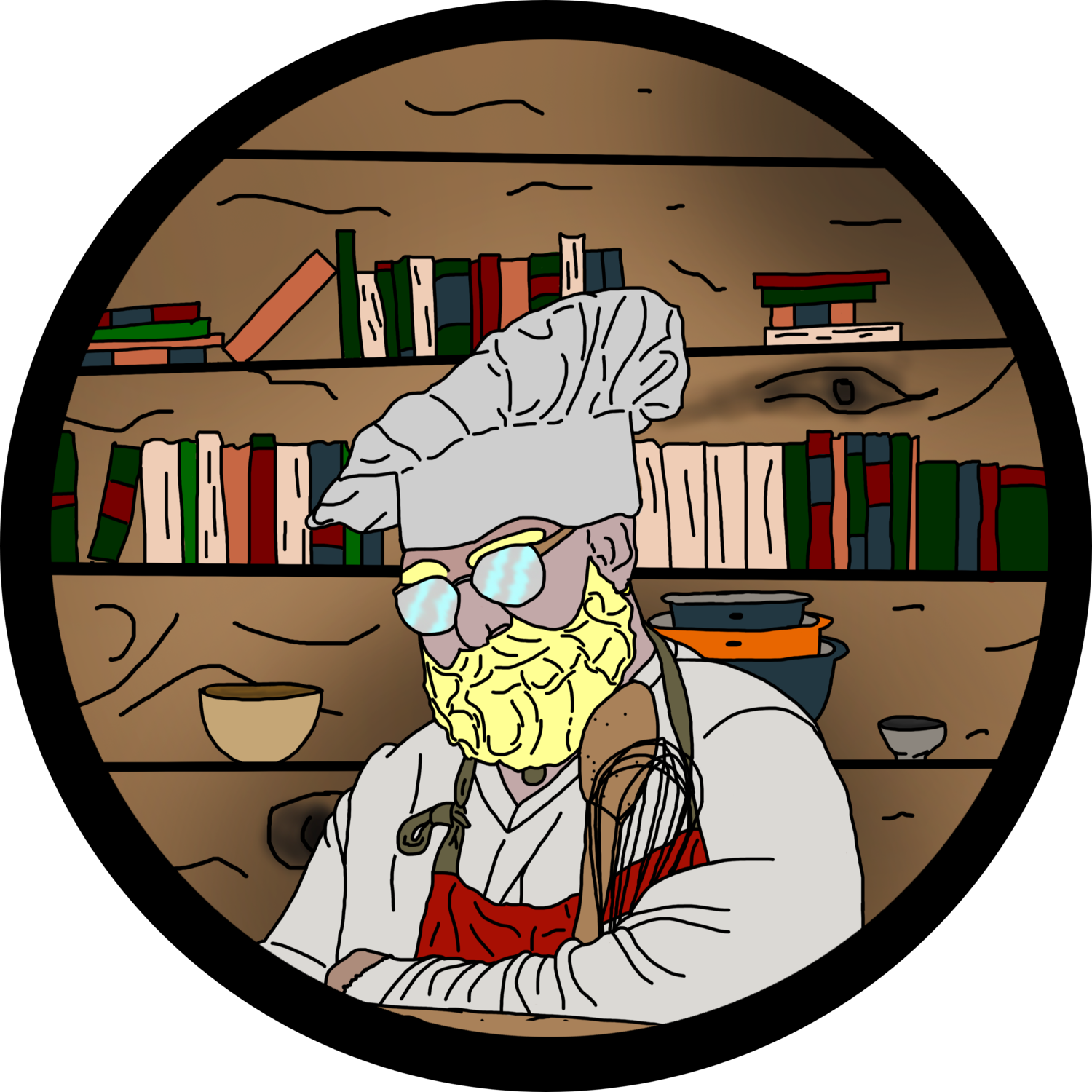Professor Butter Beard and George Frederick Bensell’s “King Lear”
“My father told me that it is only a mad man that keeps bushy hairs. I asked him, “what about the great men with bushy hairs?” He replied, “education had made them mad, so study to be wise and sane.” ― Michael Bassey Johnson, Nigerian author
My beard has gone white. Well, butter-white. But it has completely redefined my appearance and casting. No longer can I be mistaken for my favorite dwarven warrior Gimli who took the time to keep his ruddy red beard looking perfectly groomed and his mustache ends expertly braided. Now, I’m Gandolf the Wise. Or rather than the fiery-haired and headed Ron Weasley, I am now recognized by giggling children as Professor Dumbledore. Once considered a stand-in for the spicey ginger English Romantic poet Percy Shelly, I am now requested to read as Walt Whitman. And the former perky Kris Kringle who danced and sang with Hermie the Dentist, now smokes a pipe and listens to the Saturday evening radio stories with a semi-retired Rudolph and Mrs. Claus.
Then just last week, this once tousled carrot-top Puck was cast as the widely hirsute and increasingly mad… wait for it….. King Lear.
I must admit that I’m rather enjoying this transformation. Yes, the idea of memorizing the non-sensical monologues of an angry and freshly insane nihilist somewhat terrifies me, but honestly the promised adventure of fully submerged storytelling has drawn me into the journey alongside some of my best friends and intensely talented actors.
As I began my pre-rehearsal research, reading the play for the fourteenth (possibly twentieth) time, watching Ian Holm, Anthony Hopkins, Ian McKellen and Glenda Jackson wear the crown, and searching Old Master artworks for the essence of the ranting king, my soul immediately connected to the Lear of George Frederick Bensell. With his whiskers flying in the tempest’s storm, this tormented regent, accompanied by his mocking, yet forever devoted, harlequin Fool, viciously and physically bombasts against his ungrateful daughters, demanding nature herself to kneel and acknowledge his tortured demands.
But what of this painter who so accurately understood and captured the internal torment of Lear? Born in Philadelphia in 1837, George Frederick Bensell and his brother Edmund both attended and graduated from the Pennsylvania Academy of Fine Arts. As an artist, Bensell was primarily a painter, specializing in portraits, landscapes, historical and “poetical genre” subjects for a somewhat limited wealthy clientele. His secondary occupation was that of illustrator in the magazines and books of his day, in which he often collaborated with his brother.
In 1860, while still students, the two brothers joined with four other students to form the “Philadelphia Sketch Club,” one of America's oldest existing artists’ clubs, first meeting in Bensell’s tiny Philadelphia studio. A lifelong member, he served as its first president. and held the office on two later occasions as well. The brothers' enthusiastic abolitionist feelings influenced its early political sentiments, and many of their early sketches were published in its popular publication, the “Sketch Club Portfolio.” He was also an part-time instructor at the Pennsylvania Academy and with Samuel Diffield in 1867, wrote a twenty-two page poem, “The Artist's Dream.”
Bensell’s vision for the artistic fraternity was rooted in inclusivity and encouragement. According to his biographers, he believed that artists should support one another in their creative endeavors, which ultimately helped to elevate the quality of work produced within the community. He unfortunately died young at the age of 42, but his legacy lives on as he is credited for adding a newly energized dynamic to the 19th century Philadelphia art scene, encouraging artists to gather, share ideas, and develop their skills together.
Not quite the same advice one might glean from Lear. But, the “mad king’s” legacy did follow me into the kitchen this morning and his “bushy white whiskers” inspired this take on a normally rather tame (and perfectly white) Italian favorite – Panna Cotta. I enhanced the luxuriously creamy custard with an intense speckle of vanilla bean seeds and the intoxicating aroma of hazelnut essence. For added panache, I topped off the ramakin with a tempest’s wave of sweet orange (carrot top) marmalade. A slightly nostalgic nod to my earlier ginger exterior.
May the Shakespearean gods smile upon this production as we begin rehearsals this week, and let’s see just how much I can challenge my white-bearded soul to go “regally mad.”
Vanilla Hazelnut Panna Cotta
4 servings
1/3 cup whole milk
1 (0.25 ounce) envelope unflavored gelatin
2 ½ cups heavy cream
½ cup granulated sugar
Dash of fine sea salt
1 tsp vanilla paste
½ tsp hazelnut extract
½ cup of your favorite jam – I prefer sweet orange marmalade
1) In a small bowl, whisk together the whole milk and the gelatin. Set aside for at least five minutes.
2) In a medium heavy saucepan, stir together the heavy cream, granulated sugar and dash of fine sea salt. Set over medium heat and bring to a simmer.
3) Whisk the gelatin mixture into the simmering cream and whisk together for one full minute over medium heat.
4) Remove the pan from the heat and stir in the vanilla paste and hazelnut extract.
5) Portion the mixture into four glass ramekins and leave to cool, uncovered until room temperature, about 15-20 minutes.
6) When cool, refrigerate the custards until set, at least 4 hours.
7) Gently warm your chosen jam in a small saucepan or in the microwave. Spoon 2 Tbsp of the jam over each of the custards and refrigerate again until set – about one hour.
8) If desired, spoon a tsp of your favorite granola over the custards before serving.
